How Many Bags of Salt for Pool Startup? The Definitive Calculation Guide
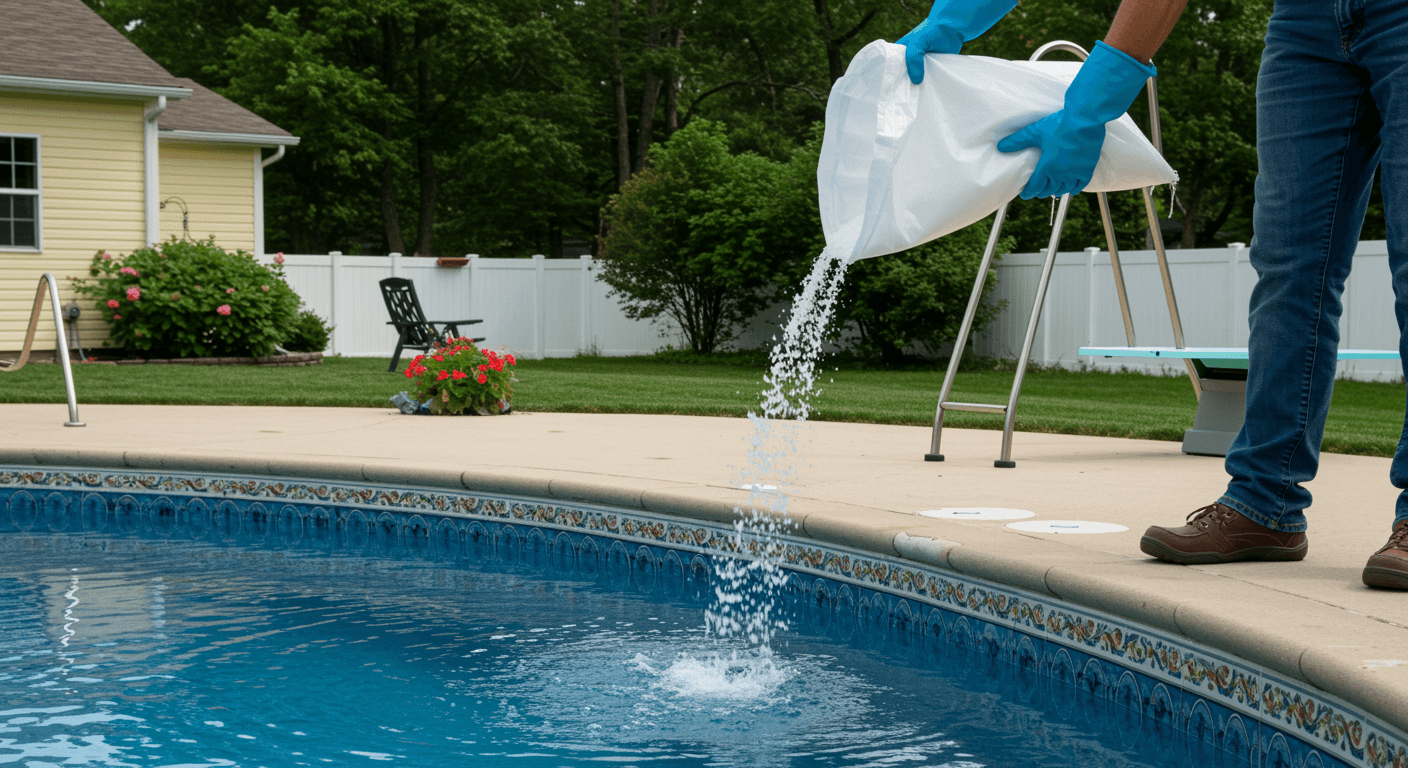
The weather is nice again, which means pool time! Before the first swim, clean the pool, check the filters, balance the water, and set the right salt level. That’s where many new pool owners stumble. It’s easy to toss in a few bags and hope for the best, but the truth is, guessing can throw everything off.
Add too little salt and your chlorinator won’t produce enough chlorine. Add too much and you’ll fight cloudy water, corrosion, or a cranky system that refuses to run.
This guide breaks down exactly how many bags of salt for pool startup you need, how to calculate it, and how Aiper can help you check the result with real precision, so your pool is ready for summer without the trial and error.
The Essential Salt Level (PPM) and Authority Standards
The majority of saltwater chlorinators have a PPM range of 2,700 to 3,400 to operate efficiently. The ideal PPM is generally around 3,200. Remaining in this range, your chlorinator smoothly performs the process of converting salt into chlorine at a suitable rate.
If you go too far out of that range, you will start to face problems; too high and the risk of damaging your system increases; too low and the water will not get properly disinfected.
Formula & Quick Chart: Calculating Your Salt Bags
Salt (lbs) = Pool size (gallons) × (Target PPM – Now PPM) ÷ 1,000,000 × 8.34
The number 8.34 means how much one gallon of water weighs.
One salt bag is about 20 kg (40 lbs). Divide your total salt by 40 to find how many bags you need.
|
Pool Volume (Gallons) |
Approximate LBS of Salt Needed (To reach 3,300 PPM) |
Total 20kg Bags Required (Approx.) |
|
10,000 Gallons |
275 LBS |
6.2 Bags |
|
15,000 Gallons |
413 LBS |
9.3 Bags |
|
20,000 Gallons |
550 LBS |
12.5 Bags |
If your pool’s in between sizes, round up slightly. Salt isn’t wasted — most systems prefer being a little above the minimum.
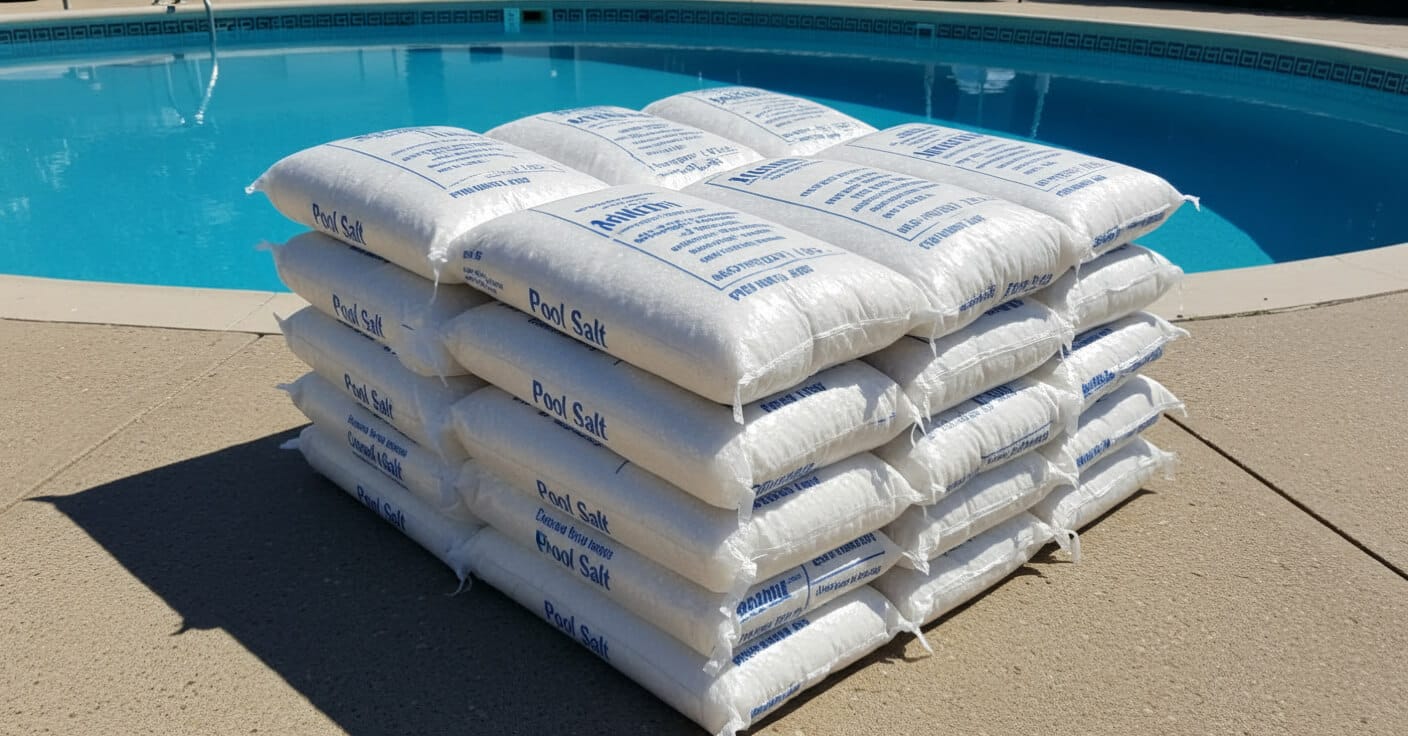
Step-by-Step Guide to Adding Salt for Startup
Here’s a simple step-by-step to get your proper pool salt level right the first time.
Step 1: Test Your Starting Point.
Never assume your salt is at zero. Some residual salt often remains from previous use or water top-ups. A quick test helps you know exactly what you’re starting with. The Aiper HydroComm Pro is a great helper here; it reads your current salinity in real time, so you can base your calculation on facts, not guesses.
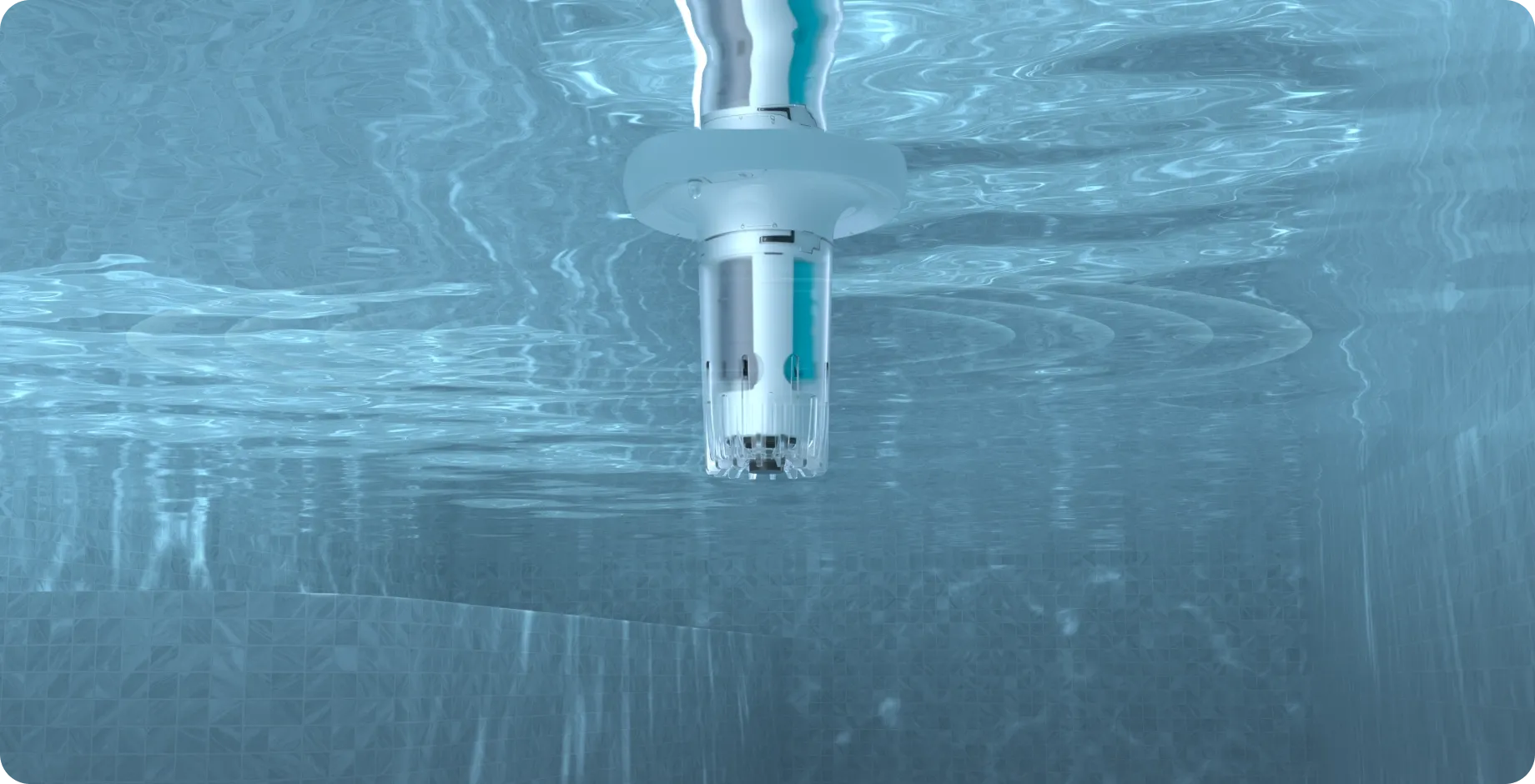
Step 2: Calculate and Purchase.
Determine the Present PPM first, then either apply the formula or consult the chart above to discover how many bags you will require. It is a good idea to get one additional bag just in case your measurement turns out to be a bit low after dissolving.
Step 3: Distribute the Salt.
Pour the salt around the shallow end and pool perimeter instead of dumping it in one spot. Keep it away from the skimmer and main drain — salt piled in those areas can damage equipment.
Step 4: Brush and Circulate.
Distribute the salt evenly with your pool brush. Subsequently, let your pump run for 24 to 48 hours to completely dissolve and distribute the salt. Only then should you test again.
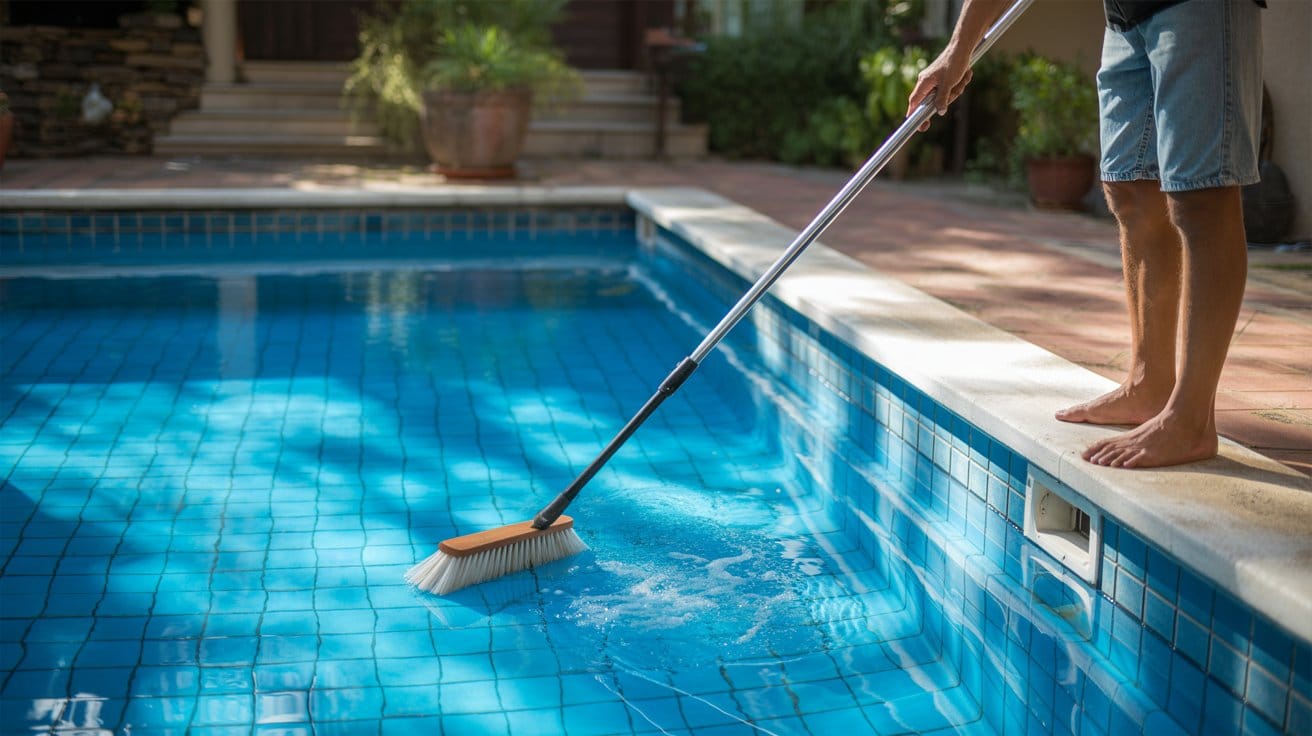
Common Mistakes and Salinity Warnings
Salt levels are sometimes a trap even for seasoned owners of swimming pools. Avoid the following mistakes:
- Mistake 1: Testing Too Soon. Salt takes time to dissolve. Wait at least 24 hours before testing, or you might get a low reading that isn’t real.
- Mistake 2: Not Factoring in Pool Volume Loss. After refilling or topping up, your total water volume shifts, which means your calculation changes too.
- Warning: Too Much Salt. More isn’t always better. High salinity can cause metal corrosion, scale on your chlorinator cell, or even a system shutdown.
- Warning: Too Little Salt. A low salt level makes your system flash a “Low Salt” warning and can reduce chlorine output to almost nothing.
Post-Startup Maintenance: Verifying Your Perfect Salt Level
Once your salt has fully dissolved and circulated, it’s time for the follow-up check. After 48 hours of circulation, connect your HydroComm Pro and let it read your salt PPM. If your salt is between 2,700 and 3,400, you’re good. The device keeps watch and alerts you if it changes after rain or water loss.
The best part is you don’t have to pull out a test strip every week. The HydroComm Pro tracks multiple parameters: salinity, temperature, and pH, so your water stays balanced automatically. It’s a quiet layer of insurance for your pool.
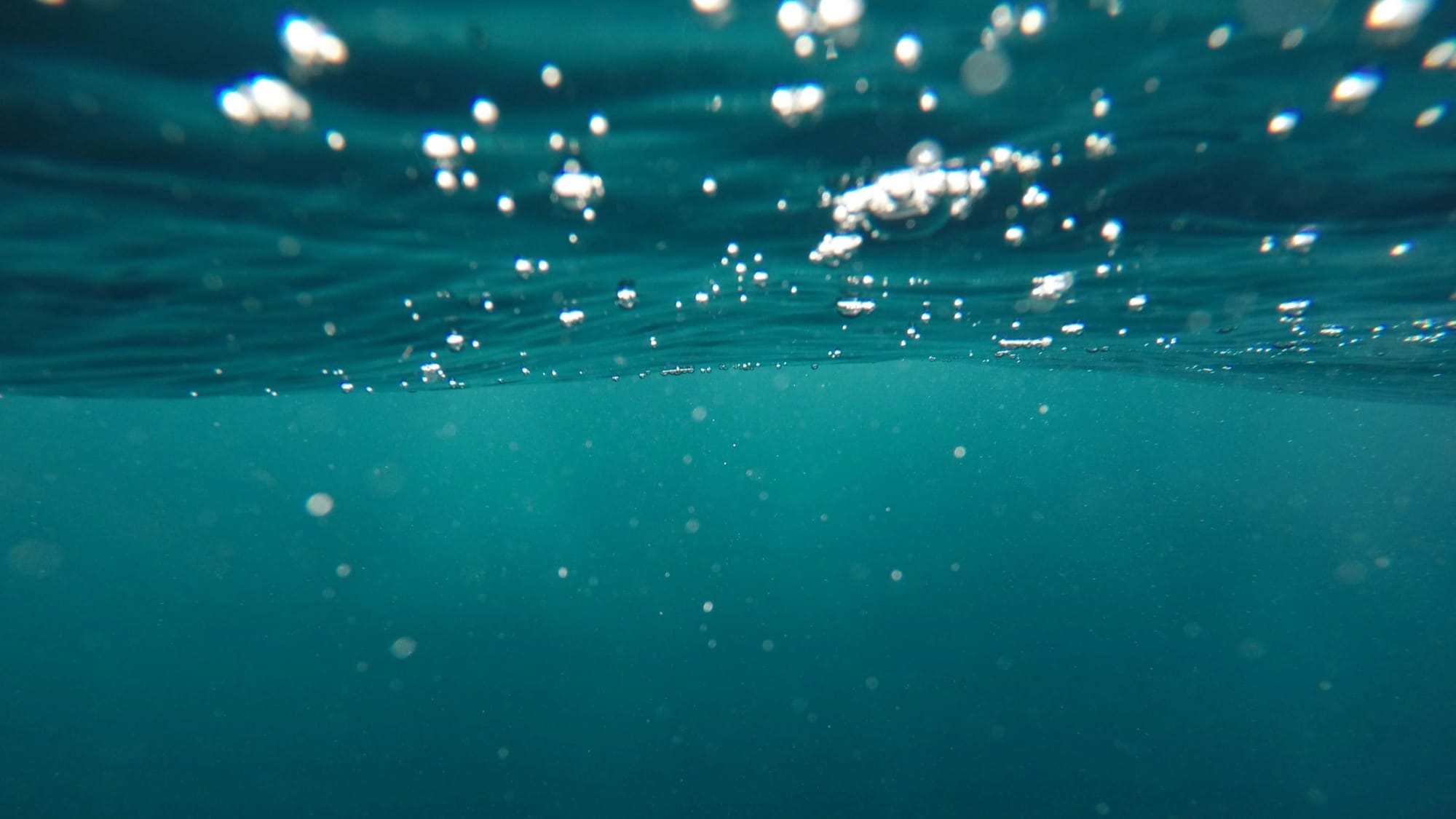
Balanced salinity isn’t just about chlorine production. It’s about how your pool feels and behaves day-to-day.
When the salt level is right:
- Water feels soft and gentle on the skin.
- The chlorinator runs quietly without strain.
- Chemical use drops because chlorine production stays consistent.
- You spend less time troubleshooting cloudy water.
So, yes, a bit of math at the start saves you hours of maintenance later.
Summary
Setting up your saltwater pool starts with one key question: how many bags of salt for pool startup do you really need? For most mid-size pools, it lands around 8 to 12 bags to hit that 3,200 PPM mark.
The process is simple: test your water, calculate using your pool’s volume, add salt evenly, let it dissolve, then verify the level.
With the Aiper HydroComm Pro, checking your salt PPM becomes effortless. You’ll know instantly when your pool reaches the proper pool salt level, and you’ll keep it there without constant manual testing.
Frequently Asked Questions About Pool Salt Startup
Here are clear, direct answers to the most common questions new saltwater pool owners ask during startup.
Q: How many bags of salt for a 10,000-gallon pool?
A: For a typical 10,000-gallon pool starting with fresh water, you'll need approximately 275 lbs of salt to reach the target of 3,200 PPM. This is about 6 to 7 standard 40 lb bags. Always test your initial water first, as it may already contain some salt.
Q: How long do you have to run the pump after adding salt?
A: You should run your pool pump continuously for at least 24 hours after adding salt. This is crucial to ensure all the salt crystals are fully dissolved and evenly distributed throughout the pool water before you test the levels or turn on the salt chlorinator.
Q: Should I shock the pool when opening it?
A: Yes, it is highly recommended to shock your pool with a traditional chlorine shock before adding any salt. This initial shock will kill any bacteria, algae, and contaminants in the fresh water, providing a clean and sanitized base for your salt system to take over.
Q: How long after adding salt can you turn on the chlorinator?
A: Wait until the salt is completely dissolved, which typically takes 24 to 48 hours of running the pump. Turning the chlorinator on before the salt is fully dissolved can overload the cell and cause damage or trigger a system shutdown.
Q: Do you turn the pump off when adding salt?
A: No, you must keep the pump running while adding salt and for at least 24 hours afterward. The circulation from the pump is essential for dissolving and distributing the salt evenly.
Q: What other chemicals do I need to start a saltwater pool?
A: Besides salt, you'll need the same basic balancing chemicals as any other pool. This includes:
- A chlorine-based shock (for initial sanitation).
- pH increaser (soda ash) and decreaser (muriatic acid or dry acid).
- Alkalinity increaser (baking soda).
- Calcium hardness increaser.
- Cyanuric acid (stabilizer) to protect chlorine from the sun.
Q: How long does pool salt last?
A: Pool salt does not evaporate or get used up by the chlorinator. The only way you lose salt is through water loss from backwashing, draining, splashes, or leaks. In a well-maintained pool, you may only need to add a few bags once a year to top it off.
Q: How can I tell if my pool needs more salt?
A: Your salt chlorine generator is the best indicator. Most systems will display a "Low Salt" warning light or error code. You can also use digital salinity testers (like the Aiper HydroComm Pro) or salt test strips for a precise PPM reading.
Q: Can you put pool salt in a regular chlorine pool?
A: Adding salt to a traditional chlorine pool will not harm it, but it will also not do anything unless you install a salt chlorine generator. The generator is the device that converts the salt into chlorine. Without it, you just have a slightly salty chlorine pool.
Q: How long should you wait before swimming after adding salt?
A: It's best to wait until the salt is fully dissolved, which typically takes about 24 hours. While the salt itself isn't harmful, swimming too early can stir up undissolved crystals on the pool floor, which can feel abrasive on the skin.

